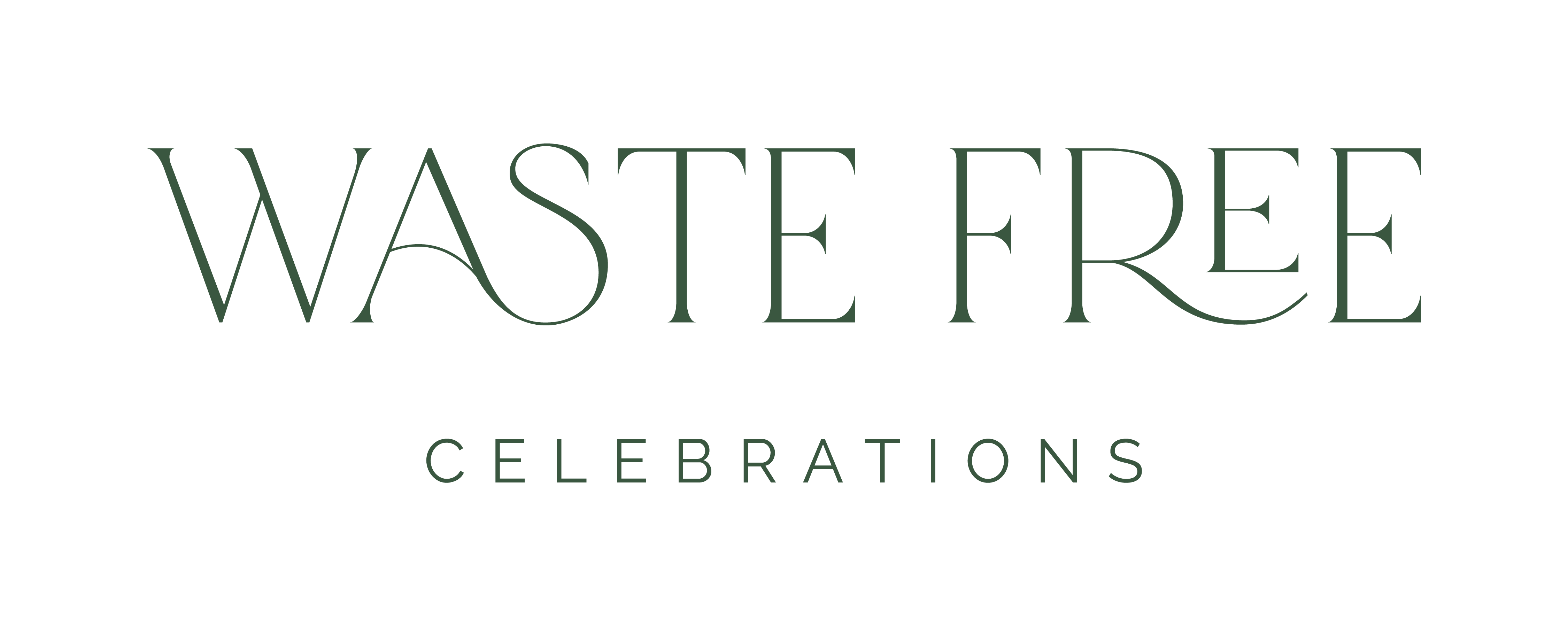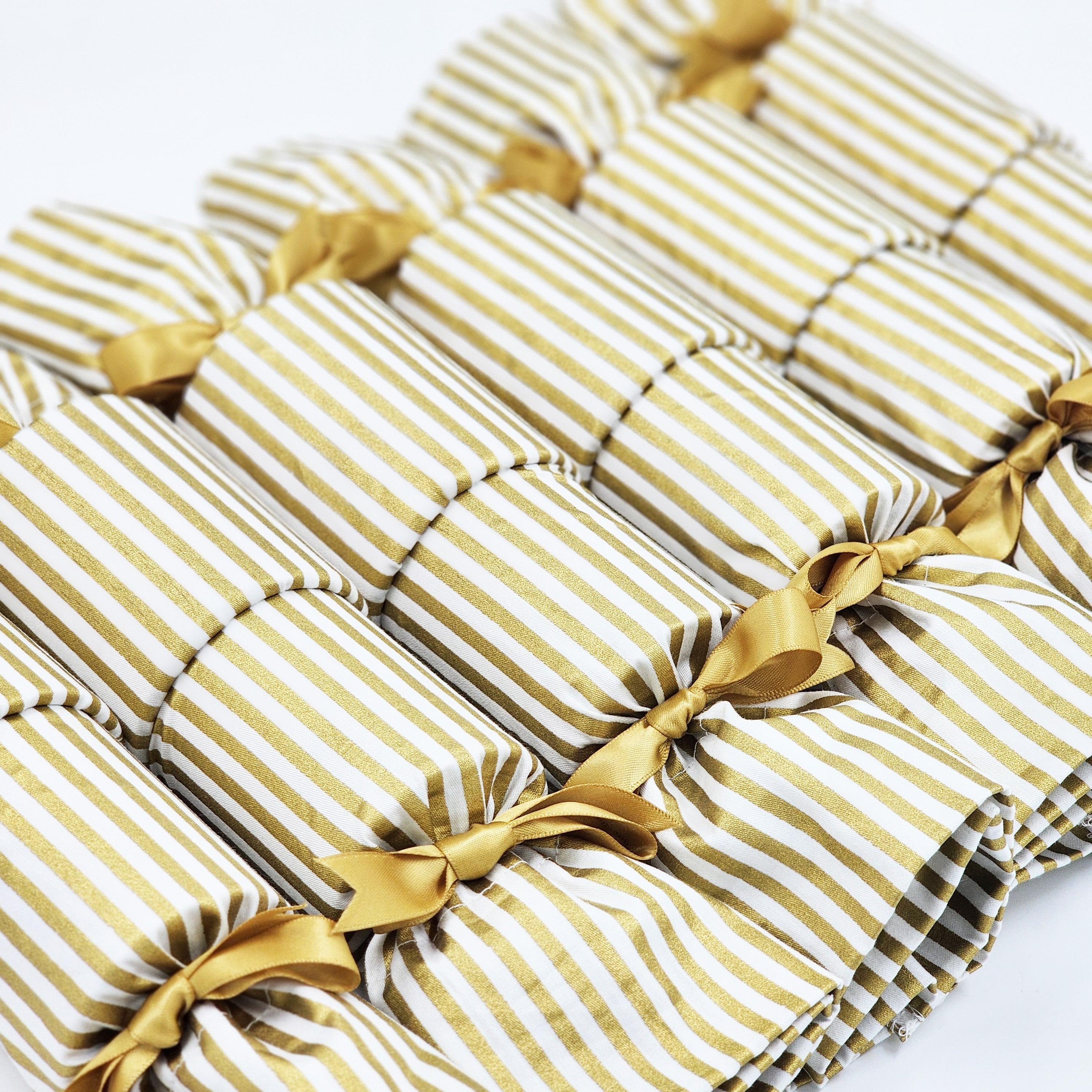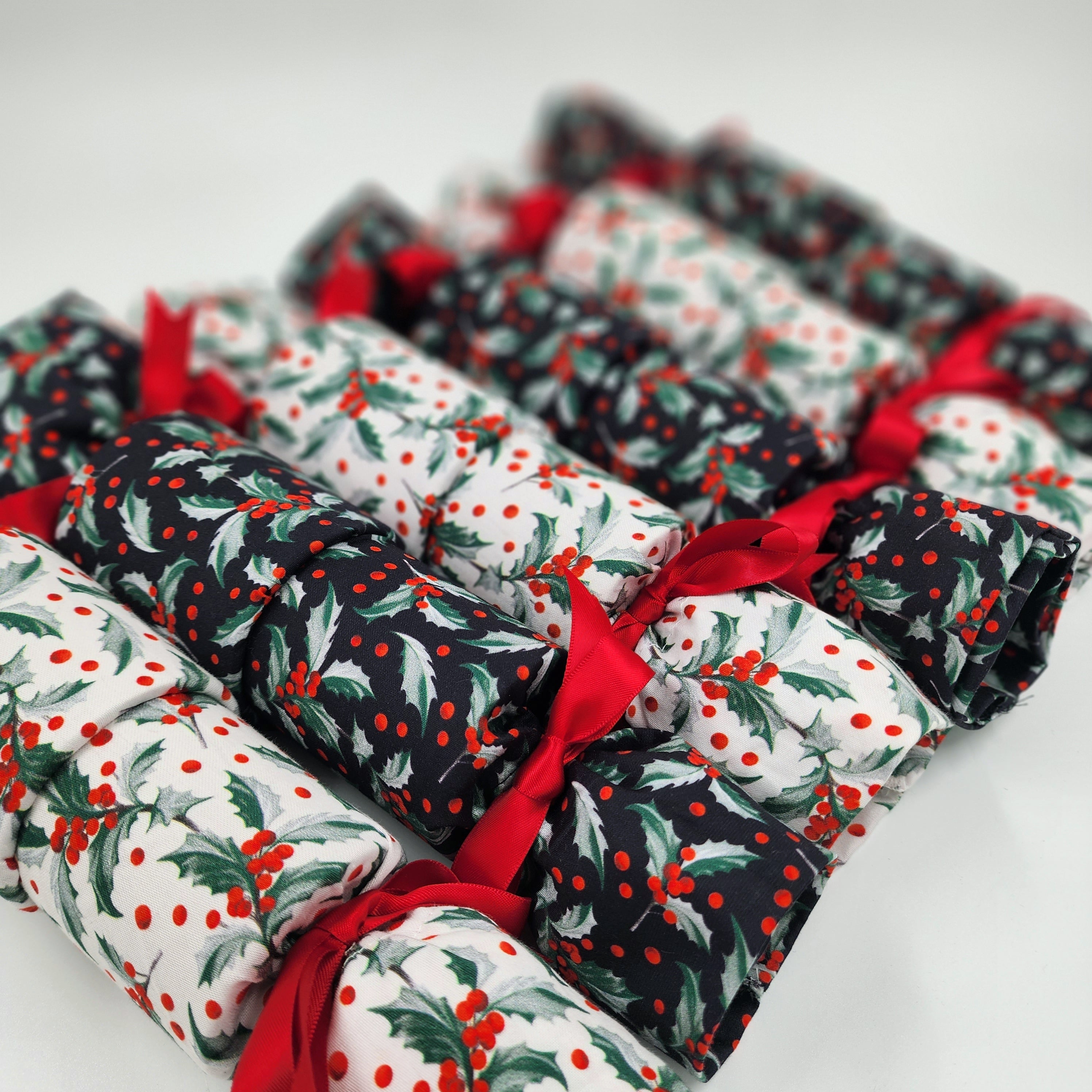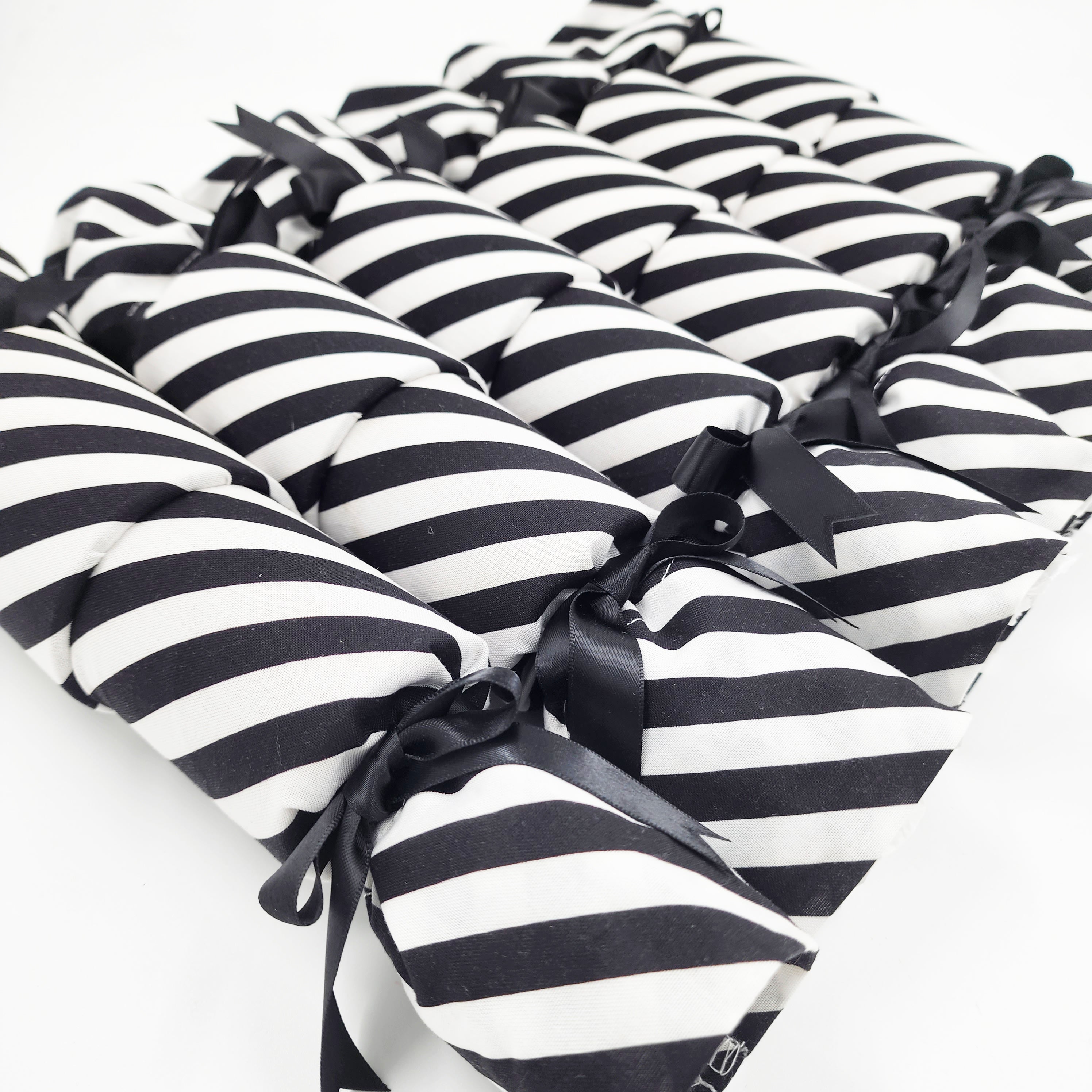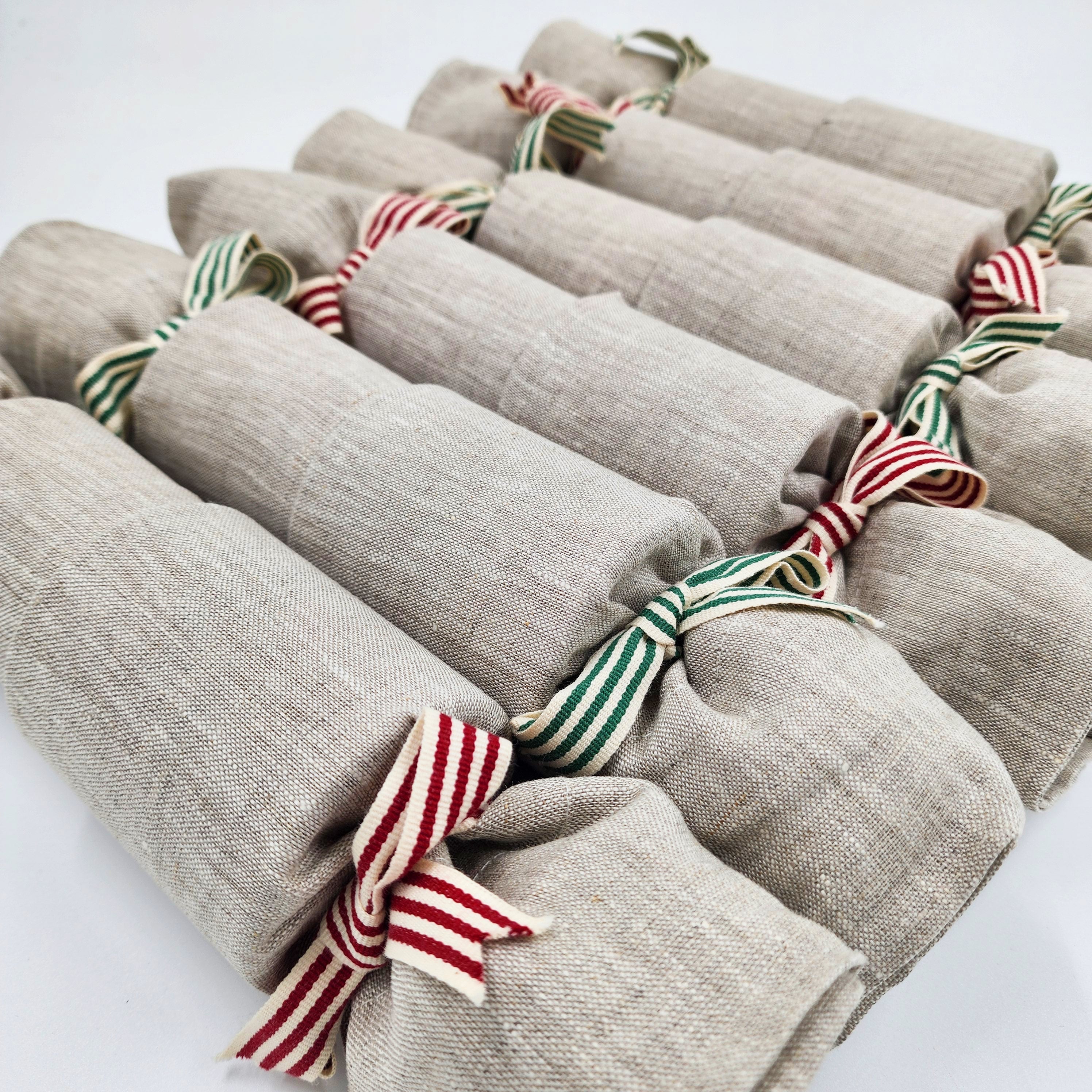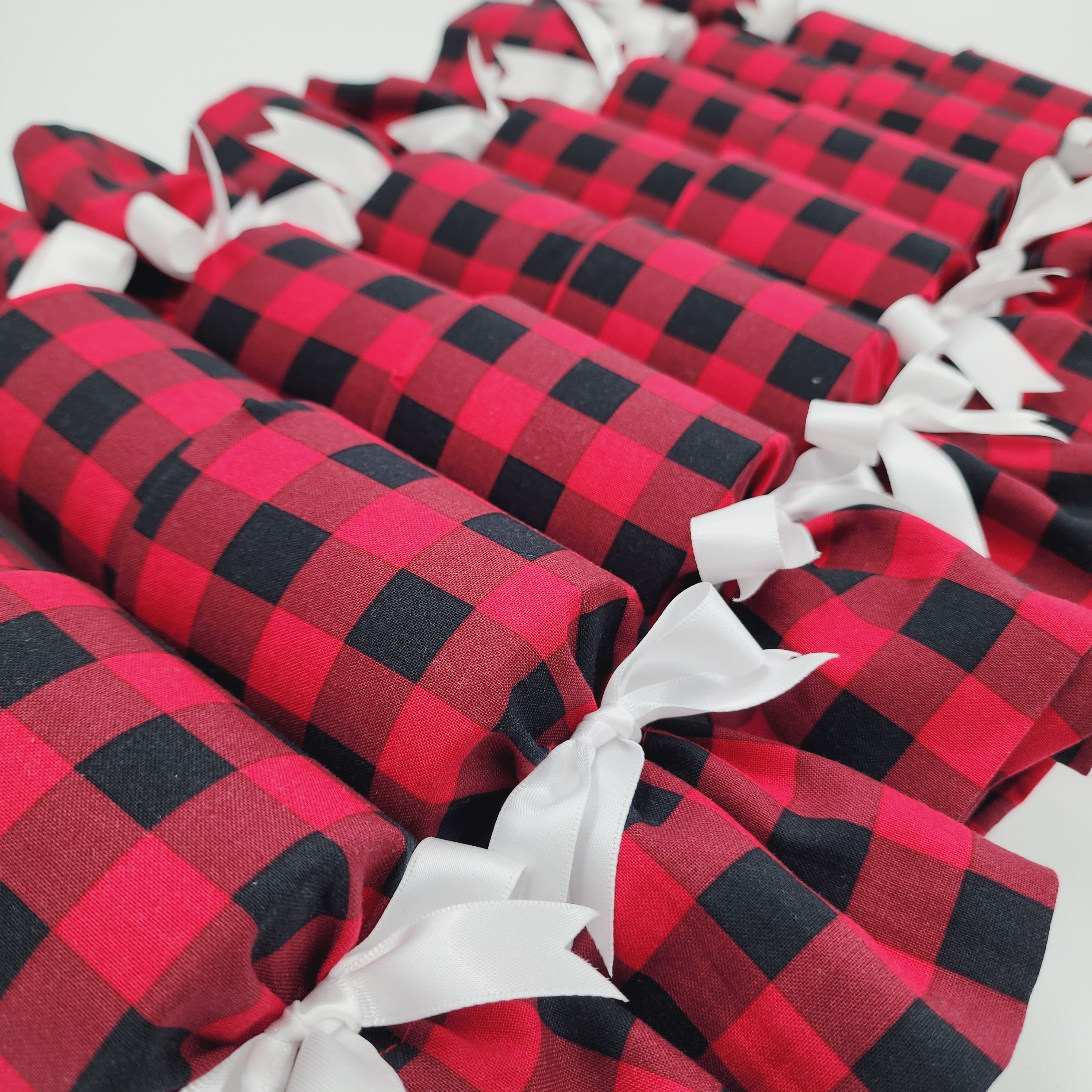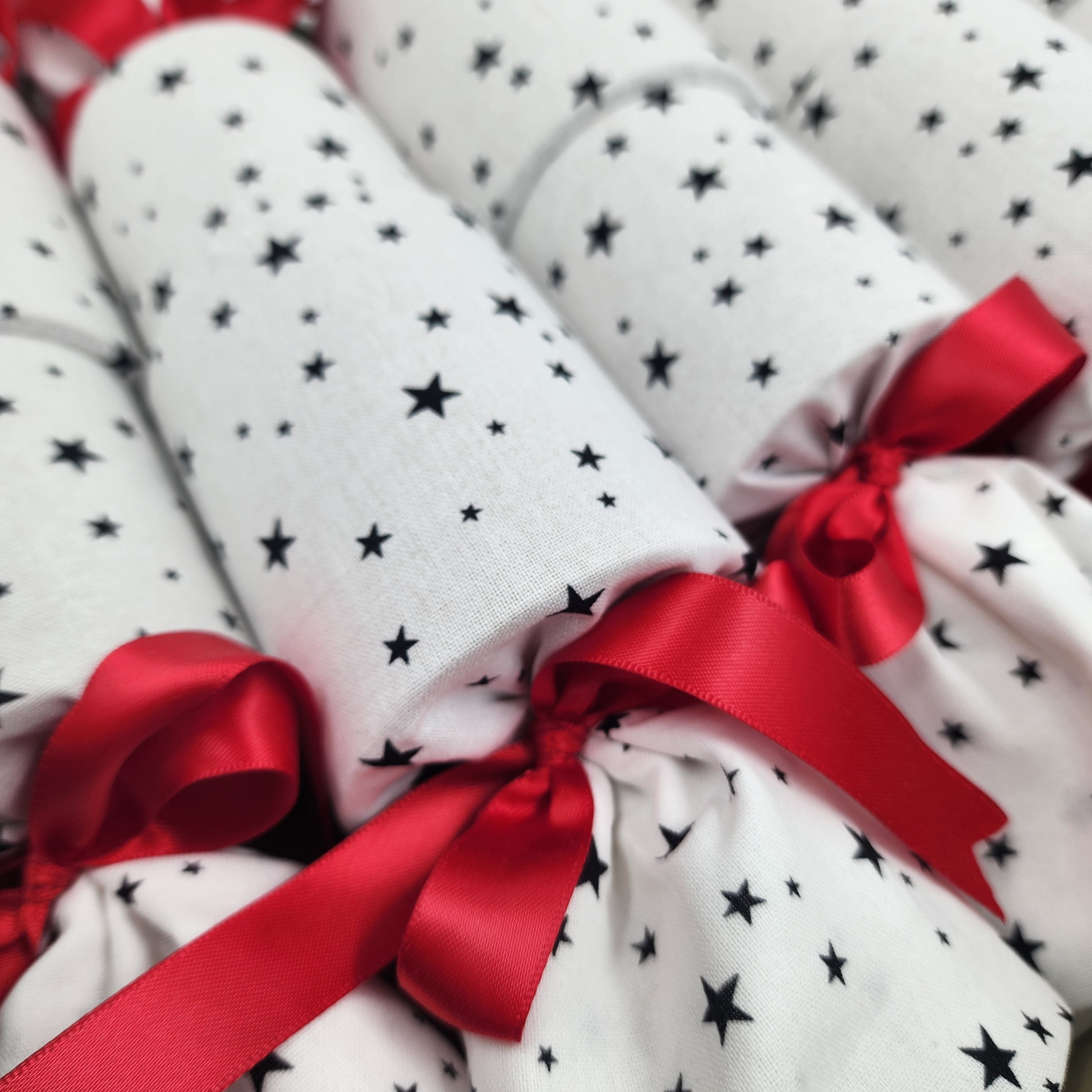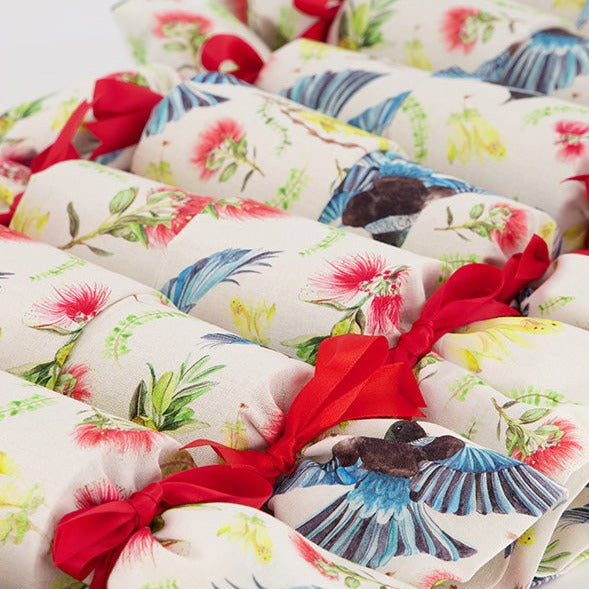
Christmas waste statistics
Christmas Waste
A list of fun (and serious) Christmas packaging facts…

The following information was produced by GWP group in the UK and all statistics are therefore relevant to the UK. However, the data can theoretically be scaled to understand the proportions in New Zealand and Australia.
01: Christmas Food Packaging Facts
Just how much food and drink (and packaging) do we get through at Christmas?
For many of us, overindulging in food (and / or drink!) is our favourite part of the Christmas season. However, the amount and type of packaging that these foods use is often given little thought.
As such, we’ve curated the below list of food packaging facts for you.
Christmas food consumption
It is estimated that 10 million turkeys were consumed last Christmas. This also means over 3,000 tonnes of turkey packaging was used.
Taking this into account, 125,000 tonnes of plastic wrapping used for food will also be discarded over the festive period.
The UK alone will eat 25 million Christmas puddings, the majority of which will be packaged in some form of plastic and cardboard packaging.
Besides this, Brits eat 175 million mince pies. Putting this in perspective, 1 million mince pie cases equates to 1 tonne of aluminium material.
Despite all of this increased consumption, UK residents will waste 54 million platefuls of food during December.
Besides this, seven in 10 people will readily admit to buying far more food than they need.
Perhaps the worst offender is the turkey, with around two thirds reporting that at least some it usually ends up in the bin.
What this means in practice is that the equivalent of a whole plateful of food will end up going to waste on Christmas Day (along with at least another plateful in days immediately after).
Don’t forget Christmas drinks packaging
As many as 500 million canned drinks are sold over the festive period (on top of the baseline sales figures).
Recycling just one of these aluminium cans saves enough energy to run a set of Christmas tree lights for two whole hours!
Christmas bottle packaging
Did you know that a wine bottle is the size it is (750ml) because it is the average capacity of a glassblower’s lungs?
Taking into account wine and other bottled drinks, 13,350 tonnes of glass is binned every year during December and January. If all of this was recycled it could save 4,200 tonnes of CO2 – the same as taking 1,300 cars off the road every year.
Overdone it on the alcohol? A common remedy is to have a strong coffee in the morning. But were you aware that delightful aroma you smell after opening a jar is actually a result of a special type of spray fragrance used under the lid?

02: Other Christmas Packaging Facts
Wrapping paper, toys, greetings cards and more…
As the section above shows a lot of packaging (and waste) is generated just by Christmas food and drink alone.
However, the amount of packaging used – and potentially discarded – doesn’t stop there.
This next section highlights some of the other forms of packaging or material usage that is heightened during the Christmas season.
Wrapping paper and gift packaging
Consumers in the UK will use 227,000 miles of wrapping paper each year – over 83km2 of this will end up in our bins.
This in turn means that the average household will get through four rolls of wrapping paper.
Surprising Christmas packaging facts
Just how much Christmas packaging is used - and ends up as waste - is very surprising
All of this wrapping paper creates a need for a lot of sticky tape as well – with some estimates putting this at around 40 million rolls!
This is the equivalent of a roll-and-a-half of sticky tape being used per household!
The toys and gifts that this paper is used to wrap also generate a large amount of packaging. But saying that, 80% of toy packaging is usually made from both paper and card – both of which are fully recyclable
Other estimates suggest that only 1% of household packaging is toy packaging.
Christmas toy packaging
A lot of these toys will need batteries to work (much to many frantic parents chagrin on Christmas morning). Factoring in these and other gifts, people in the UK will use 189 million batteries over Christmas (and throw away seven batteries over this period).
At least one of the gifts you order online will have used bubble wrap as a protective layer for shipping, but did you know its original purpose was to be used as textured wallpaper!
Got a new iPhone or iPad? Your new apple device packaging has been specially designed in a dedicated secret room for packaging only at Apple Headquarters in California.

That’s a lot of card…
On average, each person in the UK will send / receive 17 Christmas cards
However, other estimates say that an average of 24 Christmas cards will also be discarded once the festive period is over
It takes 1 tree to make 3,000 Christmas cards. Using the first estimate, 1 tree is only enough for 176 people to send cards to their loved ones.
This then means that 1 billion Christmas Cards will end up in bins – the equivalent of 33 million trees!
The total amount of Christmas cards sent, along with other card packaging used over Christmas, could cover big ben 260,000 times.
That being said, that 300,000 tonnes of card packaging is equal to a return between London and Lapland 103 times!
Christmas packaging info
Sticking with this theme, the card packaging consumed at Christmas is enough to cover the Giants Causeway over 1,800 times.
The amount of card used over Christmas could also wrap the Angel of the North approximately 2 million times.
Or alternatively, it would cover the London Eye almost 50,000 times.
03: Christmas Packaging Waste
We often discard rubbish without a second thought – not just at Christmas but, at any given time of the year. This means there are some informative (and arguably depressing) facts displaying exactly how much is thrown away.
Christmas Rubbish
An extra 30% of rubbish is produced and discarded throughout the festive period when compared with the rest of the year.
This additional waste will be in the region of 3 million tonnes.
Part of this will be the 54 million platefuls of food wasted over the period (as highlighted previously)
The UK will also throw away approximately 500 tonnes of Christmas lights each year!
12,000 tonnes of the total waste will be the 8 million Christmas Trees which people have bought specifically for the period.
14% of people will even be binning their fake Christmas tree in any given year.
In addition approximately £42 million of unwanted Christmas presents are thrown out in landfill each year
Brits will also bin what equates to 108 million rolls of wrapping paper
Whilst it is also estimated that three-and-a-half black bags full of packaging will be thrown out per household.
This means that approximately 100 million black bags full of packaging from toys and gifts are discarded.

Christmas waste facts
8 million Christmas trees are thrown away each year - including 14% of people using artificial trees
400,000 tonnes of both paper and card / cardboard packaging packaging weren’t collected for recycling from UK households in 2014 – even though they could have been.
Our friends across the pond are no better – with Americans throwing away 25% more trash from Thanksgiving to New Year’s than any other period throughout the year.
Total plastic packaging consumption in the United States also adds up to be over 125,000 tons every holiday season.
Back in the UK, six in ten people say they don’t feel guilty about what they throw away over the festive period.
But, one in ten has rows with their family because of the amount of waste they produce.
Recycling Christmas Packaging
Just one single tonne of landfill costs £56 in taxes – this year’s potential tax bill for the disposal of the plastic, card, foil and other materials could reach up to £168 million.
Every UK council in the UK will accept paper for recycling, whilst 98% will accept card for recycling too.
However, many UK councils are now rejecting bins containing glitter altogether, deeming the entire load to be ‘contaminated’ (as glitter can clog up recycling machinery, and contaminate the recycled material which becomes unsellable).
Hallmark, manufacturers of gift wrap and greetings cards, claim to use 100% recycled content for the cores of wrapping paper.
But, damningly, the company suggests that while they have experimented with using recycled materials in their products, the results amongst consumers have been less than popular.
04: Packaging and the Environment
The amount we choose to either recycle or discard has a direct impact on our environment.
So, not only this year but every year, why not consider the environmental impact of the products you consume with these thought-provoking sustainability facts.
Packaging recycling facts
One recycled plastic bottle saves enough energy to power a 60W light bulb for six hours.
But if you recycle one glass bottle, you will save enough energy to run a 100W bulb for 4 hours.
If every single newspaper was recycled, it would save 250 million trees every year.
However, the average family throws away 6 trees of paper – if all of this was recycled it would require 70% less energy than making it from raw materials.
Recycling plastic bottles
A single recycled plastic bottle saves enough energy to power a 60W light bulb for six hours
Just one tonne of recycled paper would save 17 trees, 18.7 square foot of landfill space and a huge 4,000 kilowatts of electricity.
If you were to drive a mile less per day, or turned your thermostat down by two degrees, you’d save enough energy to make the packaging for an average household’s whole year’s supply of packaged goods.
Recycling a single glass jar will save enough energy to power an iPad for 15 days.

On the subject of glass jars, they are now on average 30% lighter than they were in 1980.
Cans have also reduced material usage over the last 20 years – the thinnest part of an aluminium can is the same thickness as a human hair.
Packaging and the environment
Driving one mile less per day would save enough energy to make a households entire packaging (used in a year)
Aluminium tins / cans can also be recycled over and over with no limit – it takes just 60 days for a can to be recycled and made into a new one.
Household packaging waste is on average 20% by weight of the contents of your rubbish bin. However, when compressed in landfill all sources of packaging accounts for less than 5% by weight of the total waste.
Following the introduction of the 5p charge, plastic carrier bags now make up only 0.06% of waste sent to landfill.
05: Recycling Tips
How to alleviate the negative effects of Christmas packaging
Up to 70% of our waste can be recycled or reused… read below for our top tips on how to recycle this Christmas.
Save more space by flattening cardboard boxes / containers.
Remove the bows and ribbons before recycling wrapping paper – flattening this into a nice neat pile will also save you additional space.
All food should be emptied from card, paper, glass and tins to eliminate the risk of the recycling being rejected, although, you don’t need to be overly thorough.
Any shiny card or paper with glitter or metallic effects on should not be recycled.
Recycling cardboard packaging
Paper or card with glitter or metallic effects on should not be recycled - as the plastics contaminate the recycled material.

Remember to do the scrunch test – as not all types of wrapping paper can be recycled. The easiest way to determine this is to scrunch the wrapping paper in your hand, and if the paper remains scrunched it’s recyclable. If it springs back it’s more than likely to be covered with a plastic film which can’t be recycled.
#christmas #christmaswaste #sustainablechristmas #reusablegiftwrap #reusablegiftbags #reusalechristmascrackers #turkey #wrappingpaper #zerowaste #wastefree #wastefreechristmas

